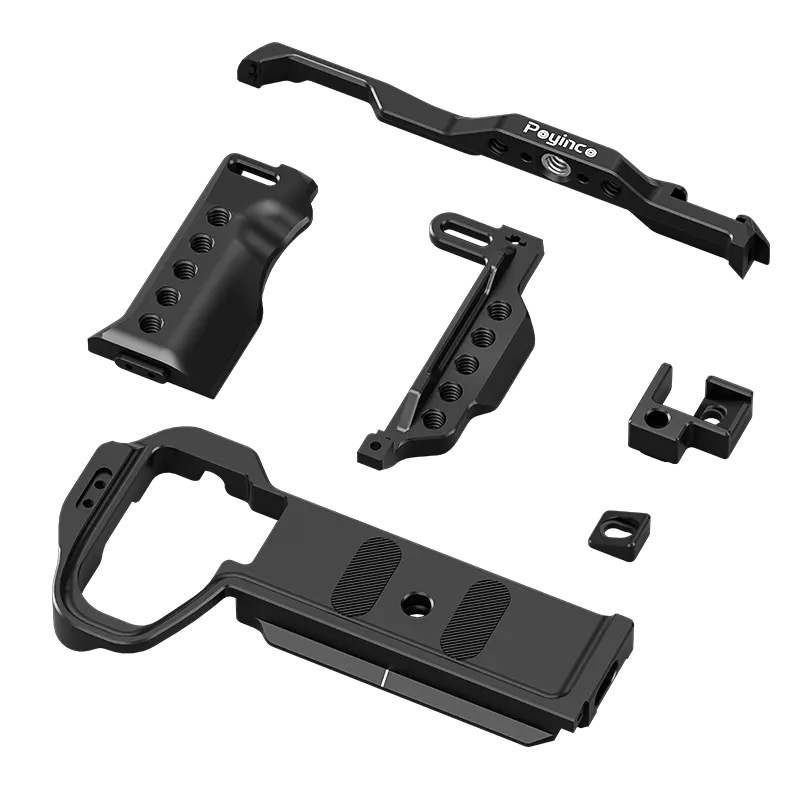

Time:2025-06-12 Views:1

Industrial robots are complex mechanical and electrical systems that require high - precision components for smooth and reliable operation. CNC machining technology plays a vital role in the manufacturing of industrial robots, enabling the production of high - quality parts with tight tolerances and complex geometries.
The process of using CNC machining in industrial robot manufacturing begins with the design of the robot components in computer - aided design (CAD) software. Engineers create detailed 3D models of parts such as robot arms, joints, and frames, specifying the exact dimensions, material properties, and surface finishes. These CAD models are then converted into CNC programs using computer - aided manufacturing (CAM) software. The CNC programs contain a series of instructions that guide the CNC machine tools on how to cut, mill, drill, and shape the raw materials into the desired components.
CNC machining offers several advantages in industrial robot manufacturing. First, it provides high precision. Industrial robots need components with extremely accurate dimensions to ensure proper movement and coordination. CNC machines can achieve tolerances in the range of micrometers, ensuring that the parts fit together precisely. For example, the joints of a robotic arm require precise holes and shafts to enable smooth rotation. CNC machining can create these features with high accuracy, reducing friction and wear, and enhancing the overall performance and lifespan of the robot.
Second, CNC machining allows for the production of complex geometries. Industrial robot components often have intricate shapes that are difficult or impossible to manufacture using traditional machining methods. With CNC technology, complex contours, cavities, and undercuts can be easily created. For instance, the design of a robot gripper may require a complex internal structure to accommodate the actuation mechanism. CNC machining can precisely machine these internal features, enabling the gripper to perform its function effectively.
Third, CNC machining improves production efficiency. Once the CNC programs are developed, the machining process can be automated, reducing the need for manual intervention. This not only increases the production speed but also ensures consistency in the quality of the parts. Multiple parts can be produced in a batch without significant variation in dimensions or quality. Additionally, CNC machines can operate continuously, further enhancing productivity.
Furthermore, CNC machining supports the use of a wide range of materials in industrial robot manufacturing. From lightweight aluminum alloys for reducing the weight of robot arms to high - strength steels for the frames, CNC machines can machine different materials with varying hardness and properties. This material flexibility allows manufacturers to optimize the design and performance of industrial robots according to specific application requirements.
Read recommendations:
blackmagic cinema camera 2.5 k cage